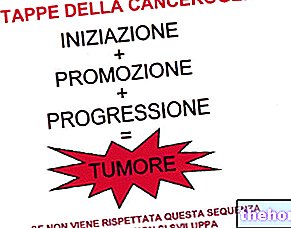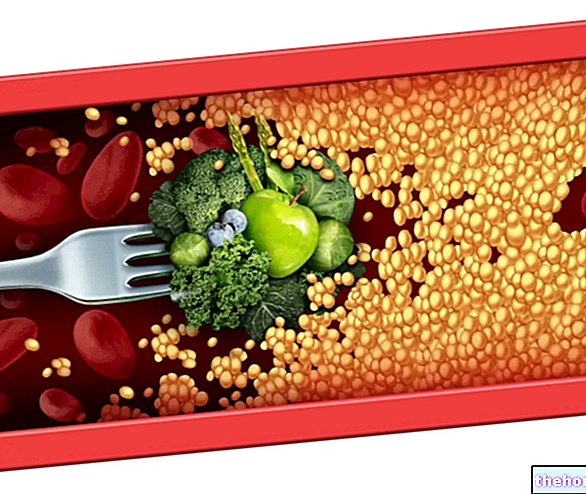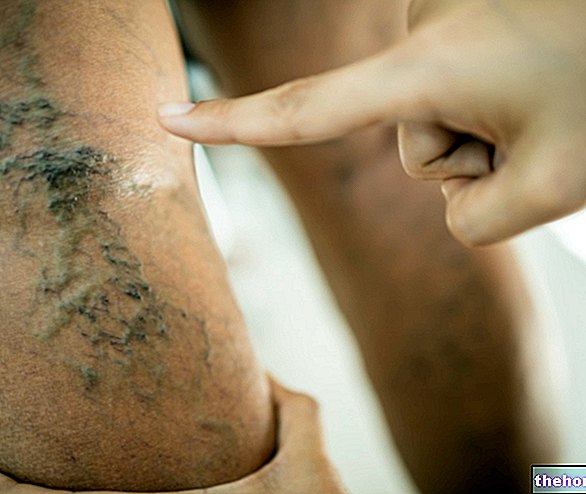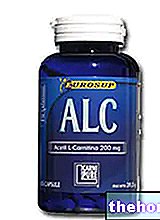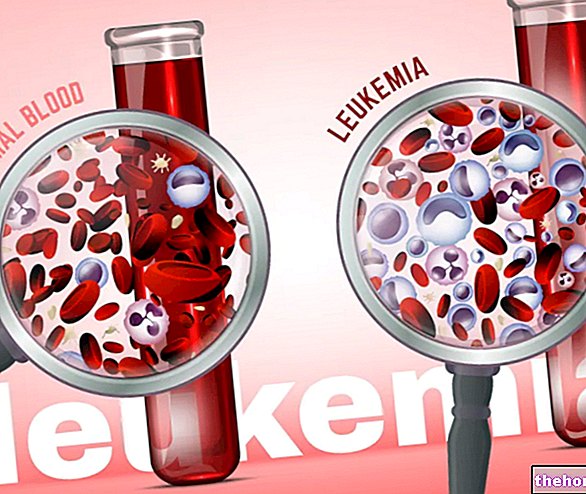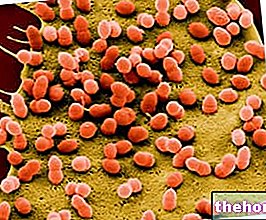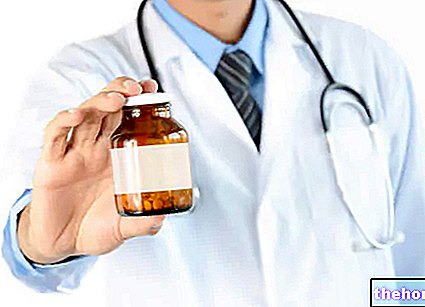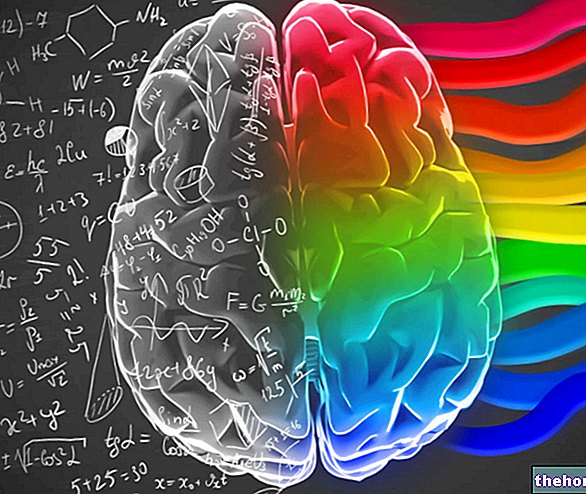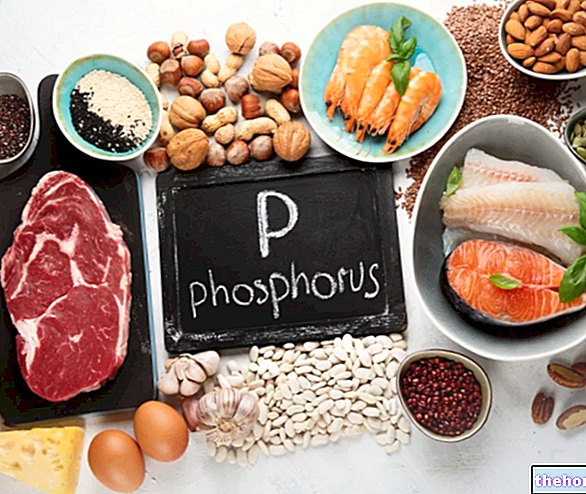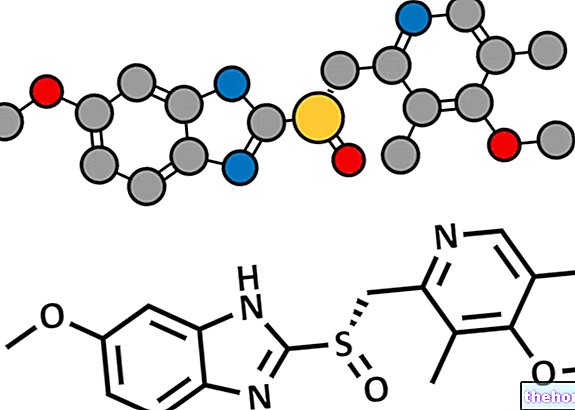A single mutation does not cause cancer; rather, more mutations are needed in very critical areas of the cell, such as genes and DNA.
Carcinogenesis is a process that leads to the formation of cancer. Cancer is a set of pathologies characterized by an uncontrolled growth of abnormal cells. These cells give rise to a cell population which - in addition to the ability to reproduce quickly - possesses many characteristics, such as the ability to resist and the possibility of invading both the nearest and most distant organs and tissues.
Carcinogenesis can be caused by genotoxic agents and in this case we speak of MUTATIONAL CARCINOGENESIS. However, carcinogenesis can also be caused by non-genotoxic agents or by epigenetic agents, for which it is called EPIGENETIC CARCINOGENESIS.
In mutational carcinogenesis, genotoxic and DNA-reactive agents cause a mutation in the healthy cell. This mutation causes an "alteration of the gene material inside the cell, thus leading to the direct formation of neoplasms."
In the epigenetic mutation, however, the "healthy" cell already contains the genes for the development of cancer. These genes initially occur in an inactive mode, however they can be activated by the action of particular promoter or epigenetic agents.
Epigenetic agents can be hormones (conjugated estrogens), immunosuppressants, solid state substances (plastic material and eternit / asbestos or asbestos), TCDDs (2,3,7,8-tetrachlorurodibenzo-p-dioxin, known as dioxins) and phorbol esters (tetradecanoylforbol acetate, DDT).
It is very important to remember that a mutagen can become a carcinogen, but a carcinogen is not necessarily a mutagen.
What is a carcinogen? A carcinogen is a substance that gives rise to tissue neoformations with atypical characteristics. It is not always said that the tissue neoformations are malignant; it may also be that the neoformation is benign and then turns into malignant over time In any case of neoformations it is always necessary to contact a specialized doctor who monitors the situation of cell growth.
Carcinogens in turn can also be classified into:
- CARCINOGENS WITH INDEPENDENT OR DIRECT ACTIVATION: primary or direct carcinogens, such as alkylating agents or radioactive isotopes, are already active and do not require metabolic activations to carry out their tumor action;
- ACTIVATED-DEPENDENT or INDIRECT CARCINOGENS: indirect carcinogens, also known as secondary carcinogens or procarcinogens (aromatic amines, PAHs), must first be activated by metabolisations in order to carry out their carcinogenic activity. Most carcinogens are of this type.
What is genotoxic? The genotoxic is a substance that derives from a progotoxic, which - to become such and induce a mutation - must undergo metabolic bioactivation. The same thing can also be applied to the carcinogen. Therefore the terminal carcinogen. it derives from the procarcinogen activated with a bioactivation.
Returning to the developmental path of carcinogenesis, if the cell undergoes a mutation in the gene material it can repair itself or go into apoptosis. If the repair phase or cell death has not been successful, during the replication of the mutated cell the alteration is transmitted at the level of the daughter cells. Fortunately, the mutation can be silent and in this case there is no occurrence. of neoplasms, but if the mutation has affected particular genes of the cell (onco-suppressors or proto-oncogenes), the latter starts towards the production of neoplastic tissue. The development of the tumor is regulated by two particular proteins (genes) which are :
- PROTO-ONCOGENS: accelerate tumor proliferation activity by reducing cell apoptosis;
- ONCO-SUPPRESSORS: slow down the activity of tumor proliferation by increasing cellular apoptosis.
Normally the activity of these two genes is balanced; that is, they manage to control each other and the cell has a controlled development. With the intervention of a mutation that unbalances this balance, we will have a "high activity of the proto-oncogenes and a "excessive reduction of tumor suppressors. Following this imbalance, the cell goes into neoplastic formation.
An example of proto-oncogenes is the ras gene, while among the onco-suppressors we remember the p53 proteins. It has been found that in 50% of cases a mutation in the p53 proteins causes the formation of tumors in "humans. The p53 proteins are also defined" guardians of the genome ", so they are able to block the cell cycle in case of occurrence. mutation By blocking the cell cycle, it allows the cell to repair and induce apoptosis in case of failure.
The stages of carcinogenesis
Carcinogenesis consists mainly of 3 stages.

The second stage is that of PROMOTION, which is not a positive thing because in this phase the tumor cells start their multiplication giving rise to a grouping of cells with a modified genome.
Finally, the third and last stage is PROGRESSION, which initially presents itself with a grouping of benign cells (benign neoplasm), but with the passage of time the benign cells are transformed into malignant cells, following the intervention of other promoters or other mutations.
The sequence of steps described above is very important for the development of the tumor.
Other articles on "Carcinogens and Carcinogenesis"
- Chromosomes and chromosomal mutations
- Toxicity and toxicology
- Study and evaluation of carcinogenesis

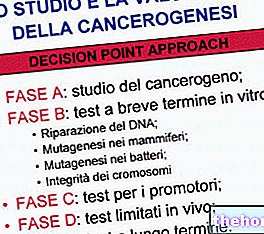
-cos-dove-si-trova-e-tossicit.jpg)


